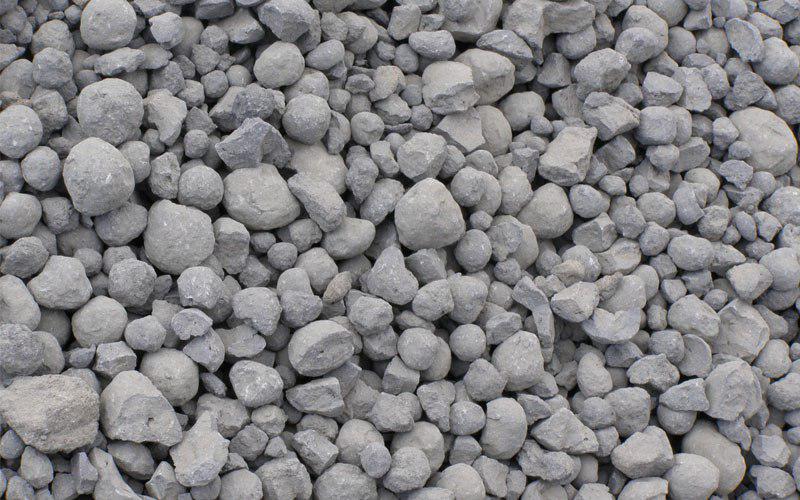Clinker is a dark grey material with 3 to 25 millimeters in diameter and is produced by heating clay and limestone in the temperature of 1400°C to 1500°C. It can be kept in stores for a long time without any change in its quality. Cement manufacturers buy clinker for producing cement in areas where there is not enough raw materials. Totally, there are two processes in manufacturing cement, wet and dry. In the wet process, Clinker which is the primary material for manufacturing cement is mixed with water and ground into the powder but in dry process, dry primary materials are mixed and ground together without adding water.
Clinker and cement are not the same substance. Cement is a powdery material used in construction projects, while clinker is used for manufacturing cement. Clinker is produced in kiln during the process of manufacturing cement. When raw materials inside the kiln are heated, the temperature rises and reaches its peak, then by rapid cooling, clinker will produce. Clinkers are different based on the type of cement which is produced. Aside from Portland cement, there are special types of cement clinker as below:
· Sulfate Resistant Clinker
· Low Heat Clinker
· White Clinker
· Low-alkali Clinker
· Belite Calciumsulfoaluminate Ternesite (BCT)
The petrological analysis of clinker is done base on mineralogical and chemical analysis. In mineralogical analysis, petrographic microscopy and x-ray diffraction are used and in chemical analysis, x-ray fluorescence spectrometry is applied. According to these analyses, main components of clinker are listed as follows:
· Tricalcium silicate (Alite)
· Dicalcium silicate (Belite)
· Tricalcium aluminate (Aluminate)
· tetracalcium aluminoferrite (Ferrite)
Clinker mix with ground and additives and is used in the form of gray nodules as a functional material in producing cement. Different additives are applied to provide specific properties for manufactured cement, Such as gypsum that add beside clinker to give important property to cement and increase its compressive strength. Moreover, it prevents accumulation of materials at the surface of mill wall. Some other substances such as Triethanolamine are also used in cement combination to prevent agglomeration of powder. Dodecyl-benzene sulphonate, oleic acid and ethylene glycol are also applied as additives. Portland cement is the most important and common type of cement produced by manufactures but some active ingredients can be added to clinker for providing other kinds of cement such as pozzolana cement, silica fume and so on.
|
General Clinker Analysis |
||||||||||
|
SiO2 |
Al2O3 |
Fe2O3 |
CaO |
MgO |
K2O |
Na2O |
SO3 |
LOI |
IR |
Total |
|
۲۱٫۵ |
۵٫۲ |
۲٫۸ |
۶۶٫۶ |
۱٫۰ |
۰٫۶ |
۰٫۲ |
۱٫۰ |
۱٫۵ |
۰٫۵ |
۹۸٫۹ |
| Free lime = 1.0% CaO Balance is typically due to small amounts of oxides of titanium, manganese, phosphorus and chromium |
||||||||||




